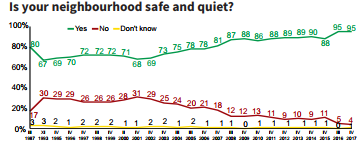Longtemps considérées comme des gadgets, les technologies et notamment les drones, robots, casques de réalité augmentée ou autres réseaux de vidéo surveillance connaissent depuis quelques mois un fabuleux tournant dans leur développement. Elles font aujourd’hui partie intégrante des dispositifs de service des secours à la personne. Elles n’ont bien entendu pas vocation à remplacer les équipes d’intervention mais plutôt de faciliter leur tâche face aux flammes ou dans le cadre d’interventions en milieu difficile ou hostile. Alors quelles sont ces innovations qui renforcent la sécurité publique?
Les drones et les incendies qui ravagent le sud de la France. Ce sont certainement les équipements qui connaissent le plus fort développement. Equipés d’une caméra infrarouge, ces robots volants permettent de visualiser les points chauds et les personnes ou équipes présentes sur les lieux au moment d’un incendie. Ils facilitent les repérages mais aussi la progression des équipes. Un outil précieux pour les pompiers, en complément de l’hélicoptère, qui ont cependant des limites notamment lorsque le vent est élevé, comme cela s’est produit lors des derniers incendies. Autre point noir dans leur développement : la nécessité de former des pilotes au sein des équipes de secours. Nos regards sont aussi tournés vers les USA où Lockheed Martin a développé une unité de drones capable d’éteindre un incendie.
Continue reading “Incendies, inondations, accidents de la route… les technologies éléments incontournables de la sécurité publique” →


